Oxorin: Nightshade
Oxorin: Nightshade invites viewers into a captivating world of intrigue and fantasy. The story follows Agent Leonard Darris, a skilled operative on a critical mission to extract information about a dangerous criminal organization. He is expected to receive this information from a covert spy embedded within the enemy ranks. As Leonard journeys to the rendezvous point, he prepares for a straightforward operation—but what he encounters is anything but expected.
Oxorin: Nightshade marks the beginning of a complex conspiracy that unfolds within this richly developed universe, promising an engaging narrative that encourages viewers to question the nature of truth and deception.
Creation of Oxorin: Nightshade
I learned a lot in the making of this project. This is the first large scale project where I forced myself to wear every hat and do every step of the complex process that goes into creating a narrative 3D animated short.
From ideation to final product, this project took me a year and two months to create and taught me a myriad of skills.
Step 1: ideation
The first step to creating Oxorin: Nightshade, was to know that I'm even creating. Preproduction began with ideation. I knew I wanted to create an interesting fantasy setting, and a story that focused on curiosity more than action. I began crafting the story and the denizens of the world.
I knew I wanted a monster, and the idea of an underground. I wanted to convey a feeling of fantasy, but without the sheen that often comes with a charming magic-filled world.
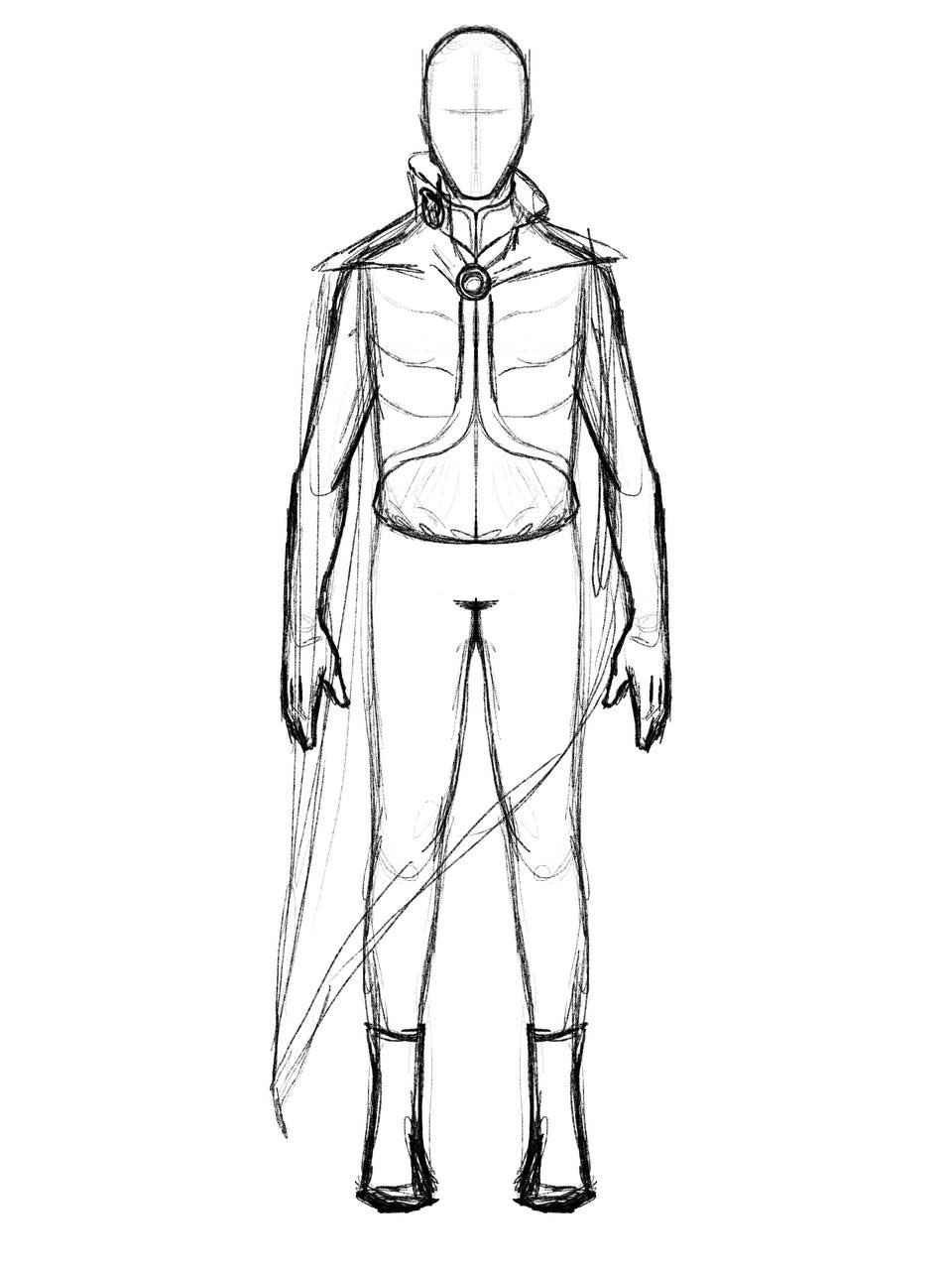
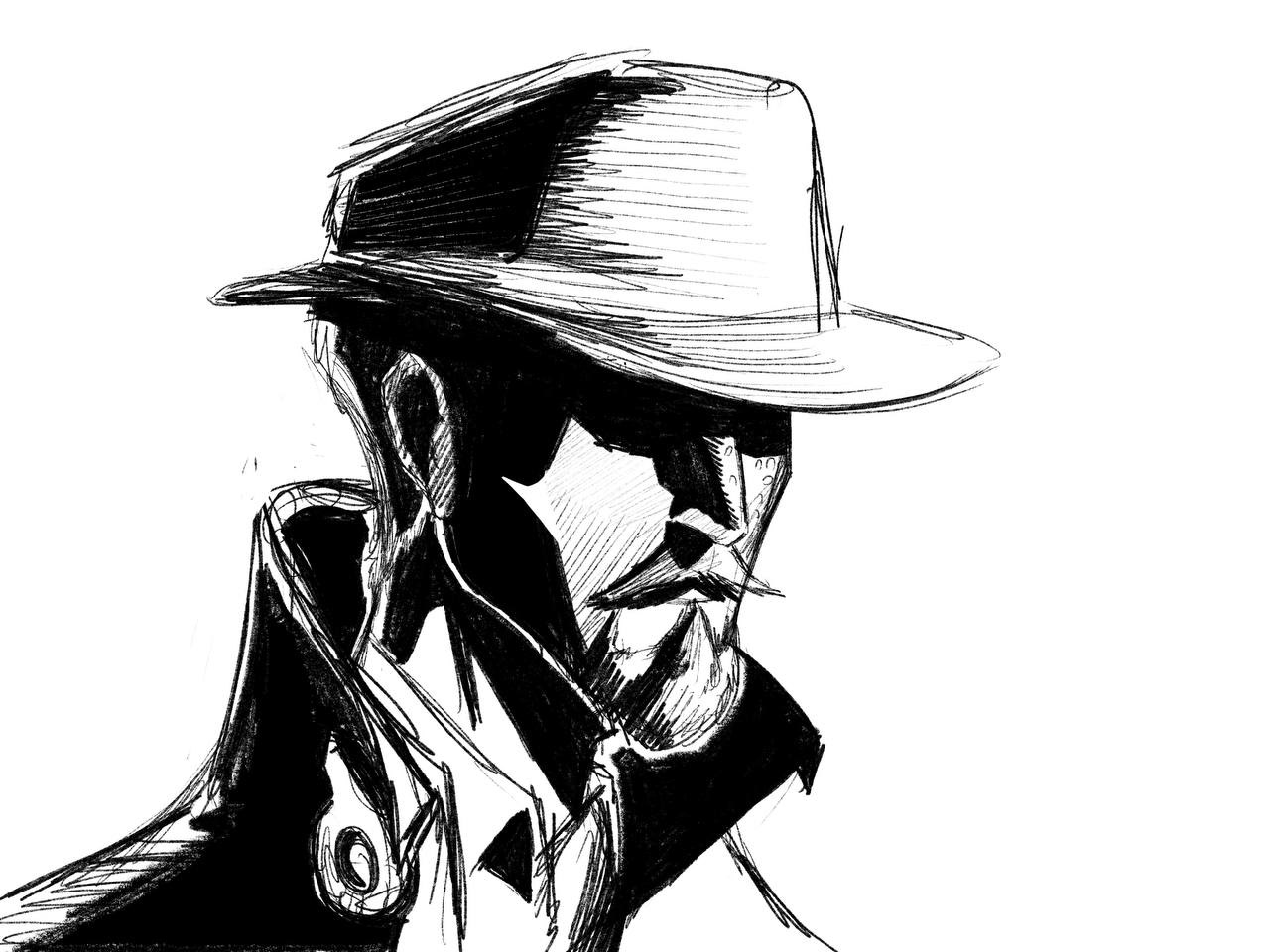
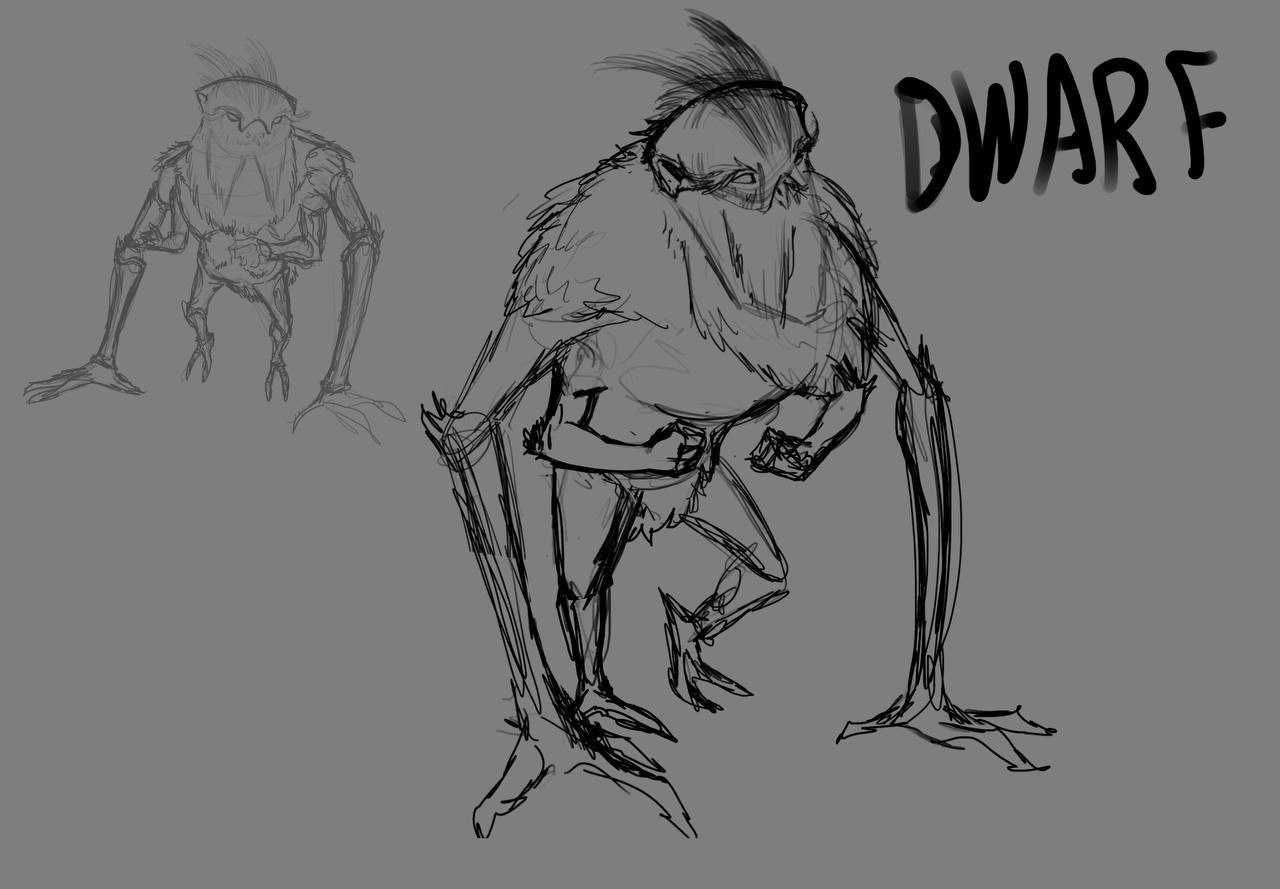
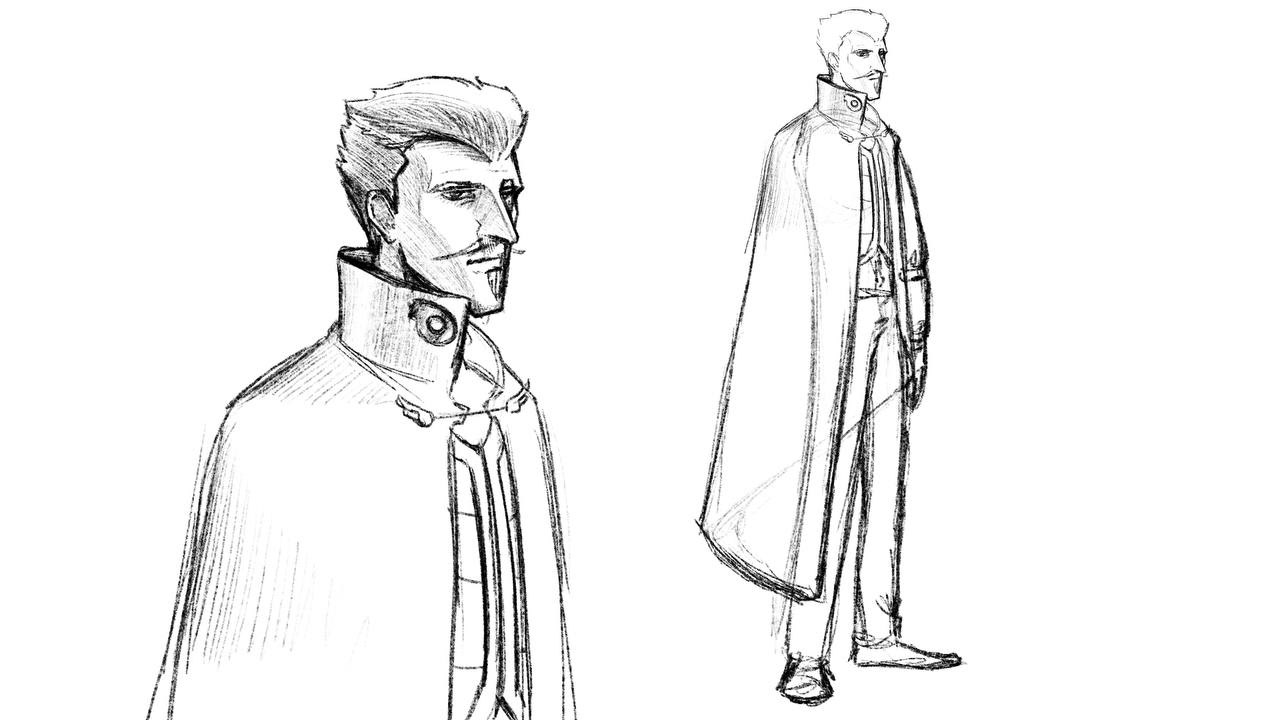
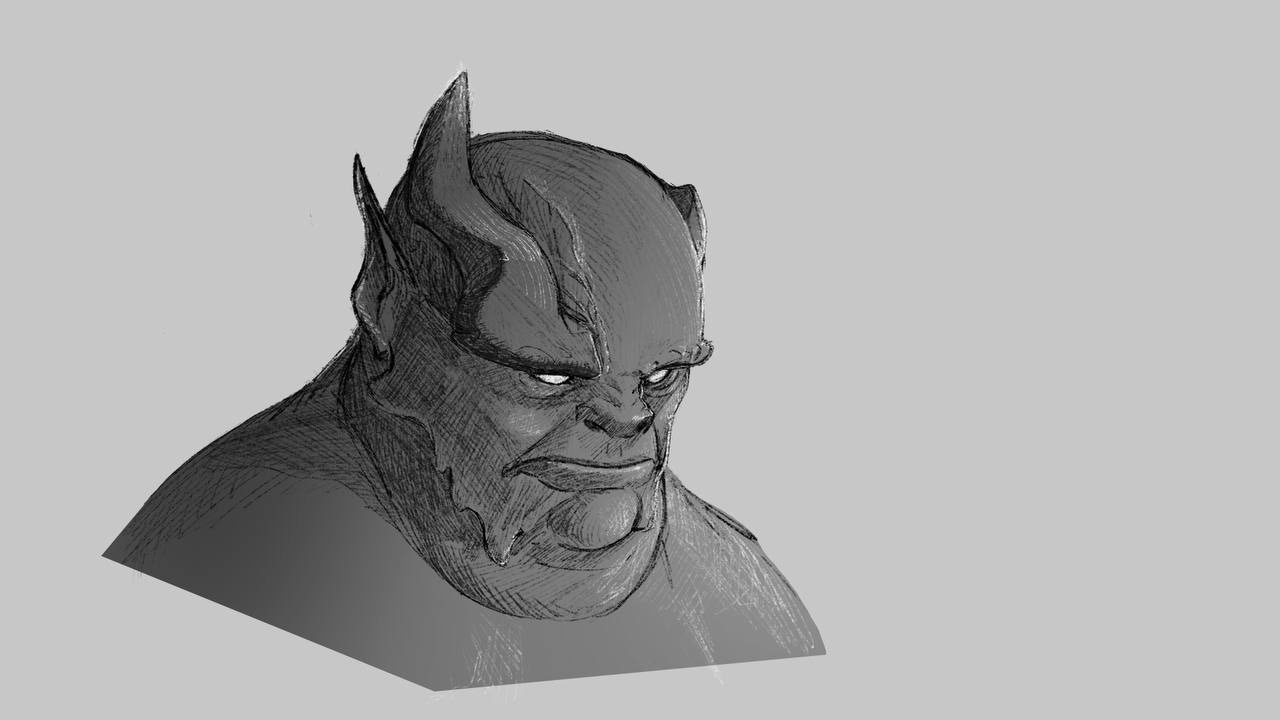
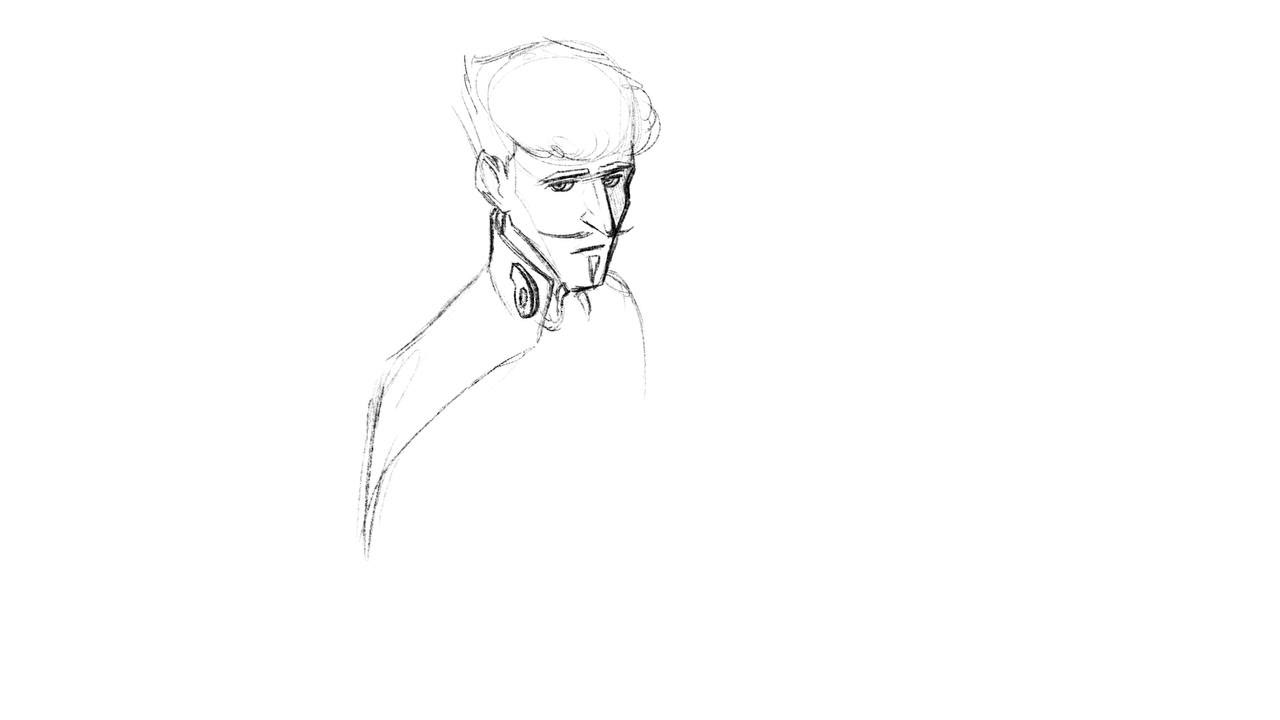

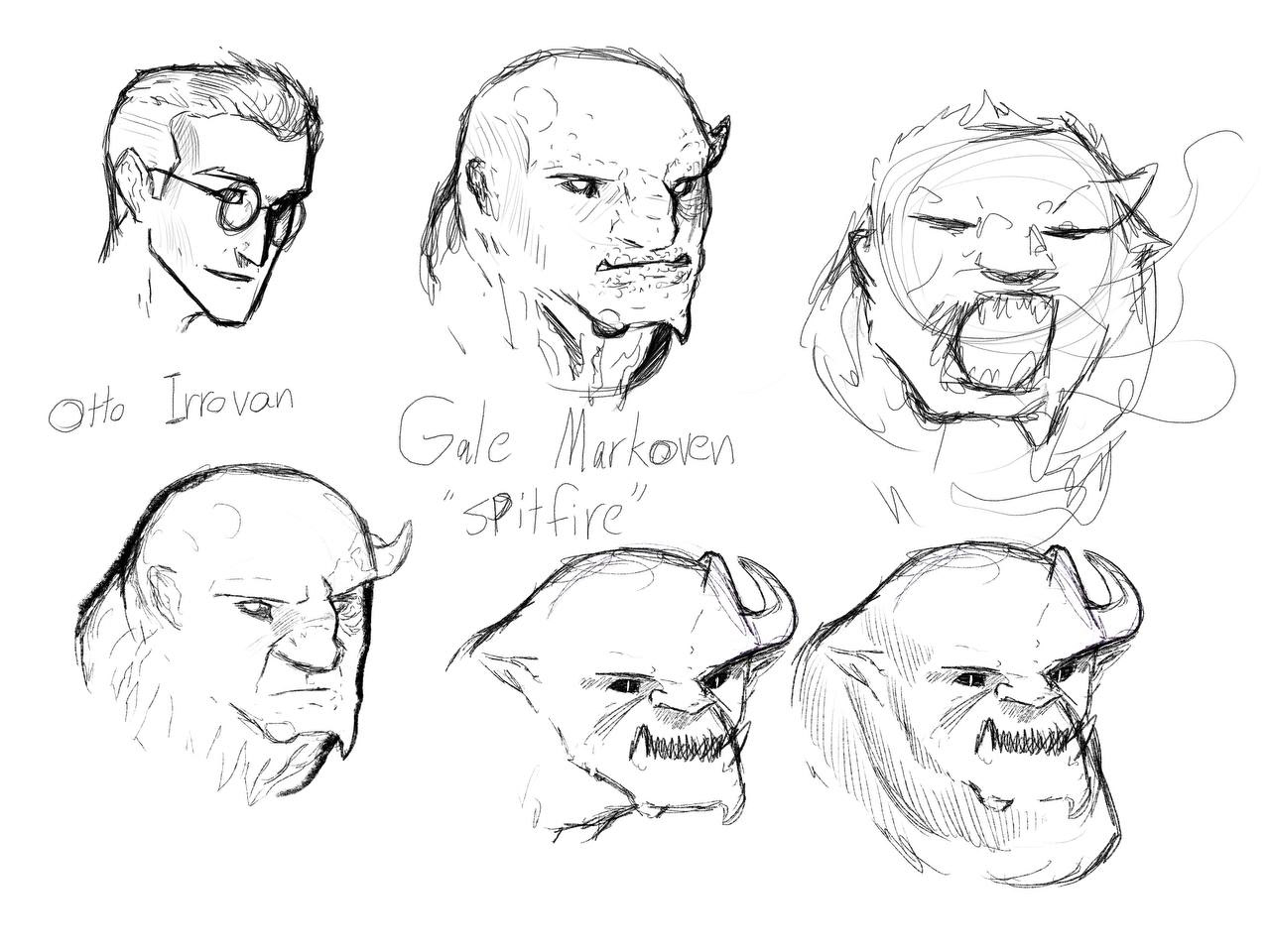
I designed agent Leonard Darris to represent an average agent, who is clearly a small part of a larger institution, but I wanted him to look like he had a larger intelligence about him. I wanted him to look like somewhat of a detective who would care if details don't line up.
The costume and monster designs were an iterative process. Eventually, by drawing the designs I like more frequently and in different angles, I chose what design elements I liked most about the character. This process helps me become more comfortable with my design before moving into any form of 3D visualization.
Step 2: characters
Due to the solo nature of the project, I had the unique advantage of knowing my own vision and creating it from scratch, so in the interest of time, I adapted my pipeline to this unique situation. After understanding my goals with the project's visual identity and storyline, I wasted no time and began 3D production, without a need for exact, finalized concept art. This stage took me the longest but allowed me to sharpen all the skills I've been meaning to improve. I began the journey in my favorite 3D software, ZBrush, excited to bring my vision to life.
I will share the process of creating Leonard, and other characters are made with the same process.
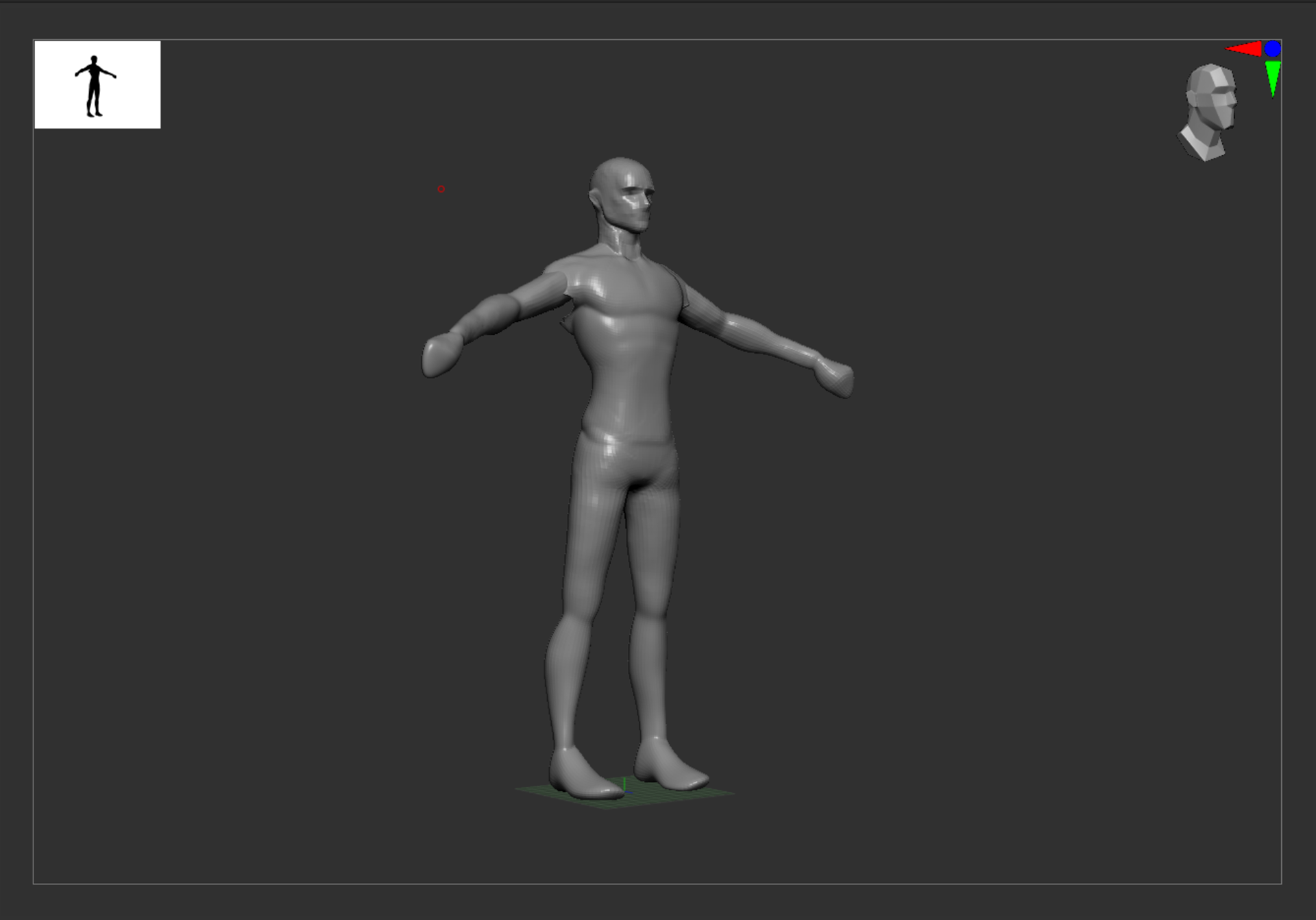
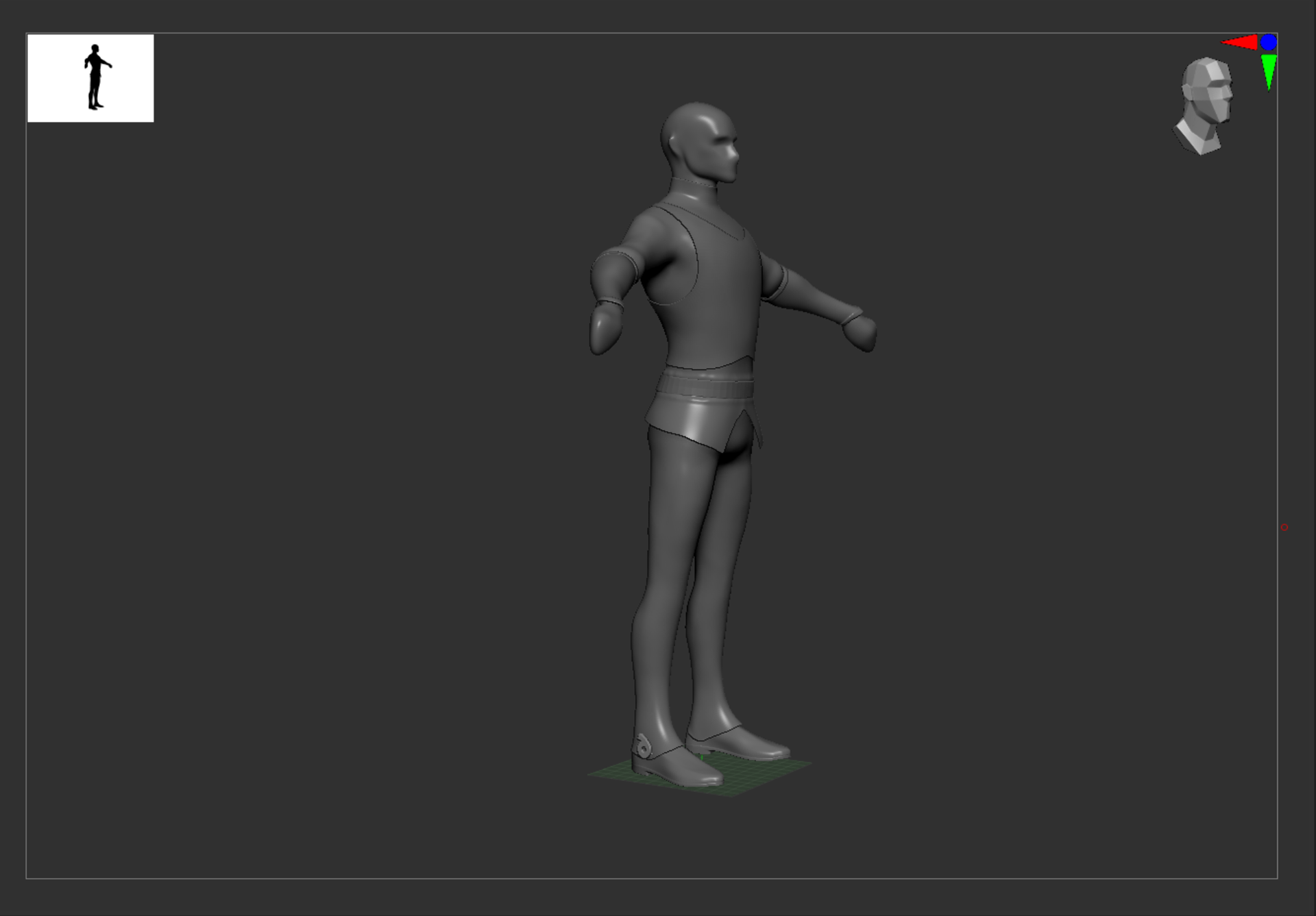

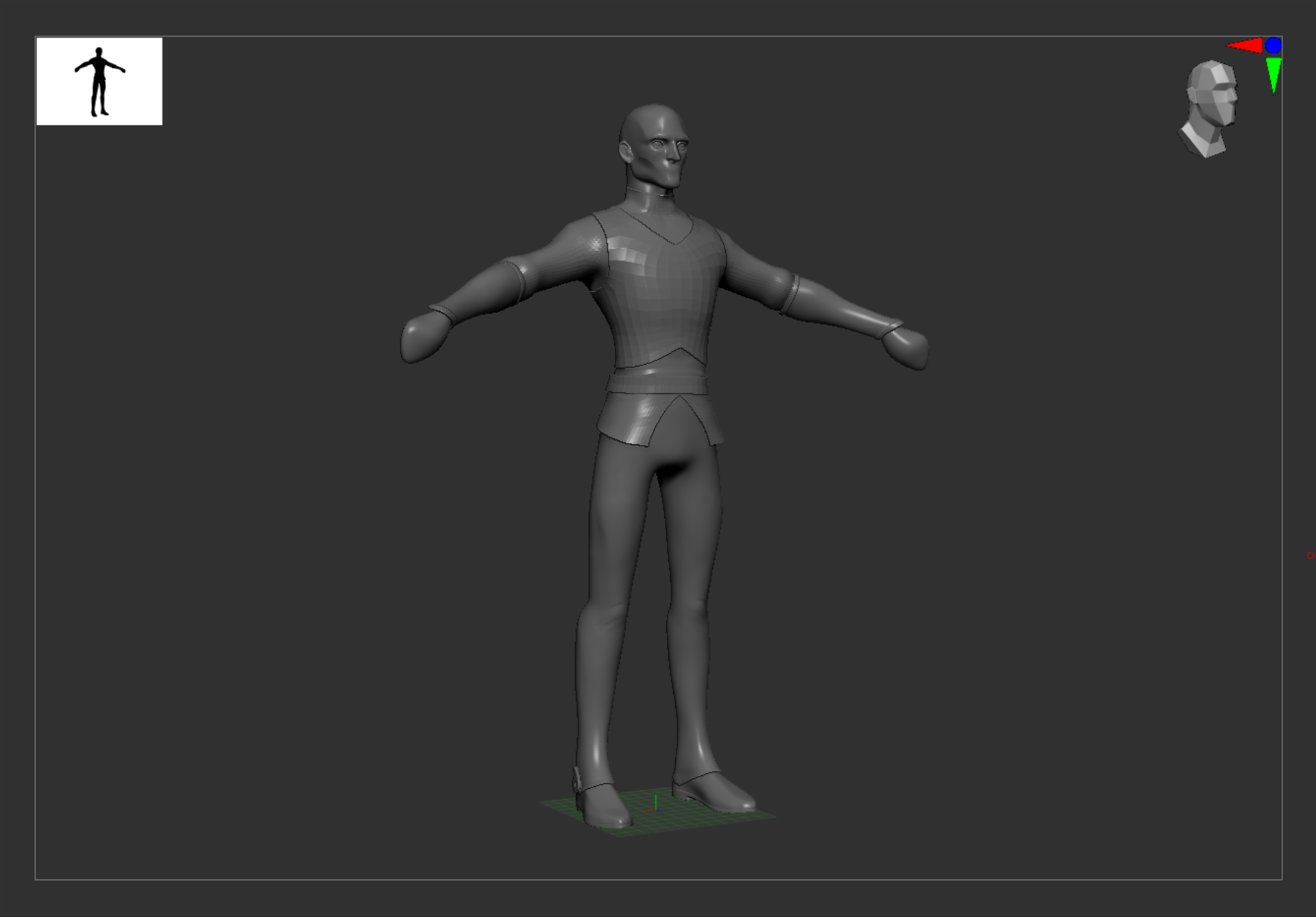
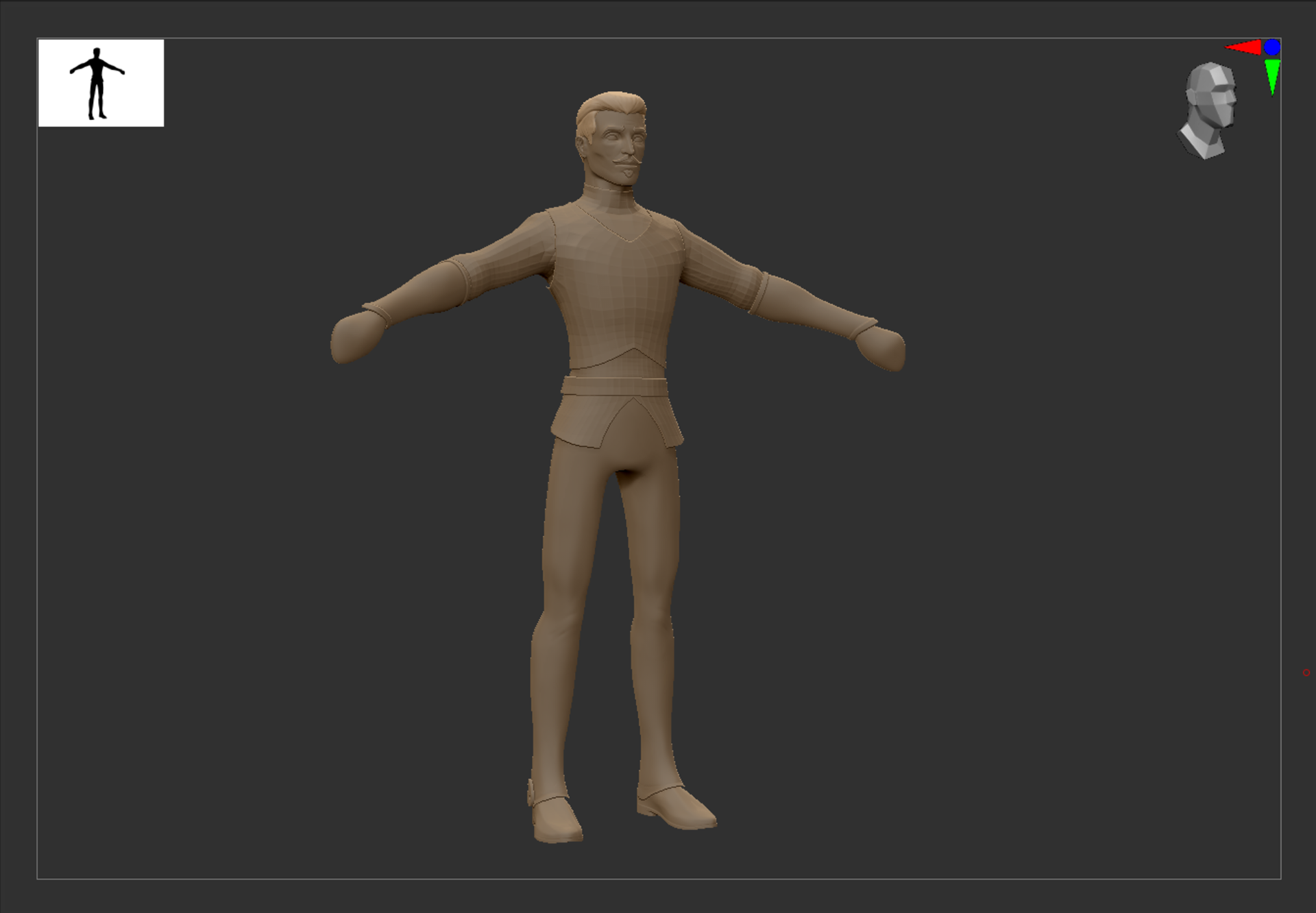

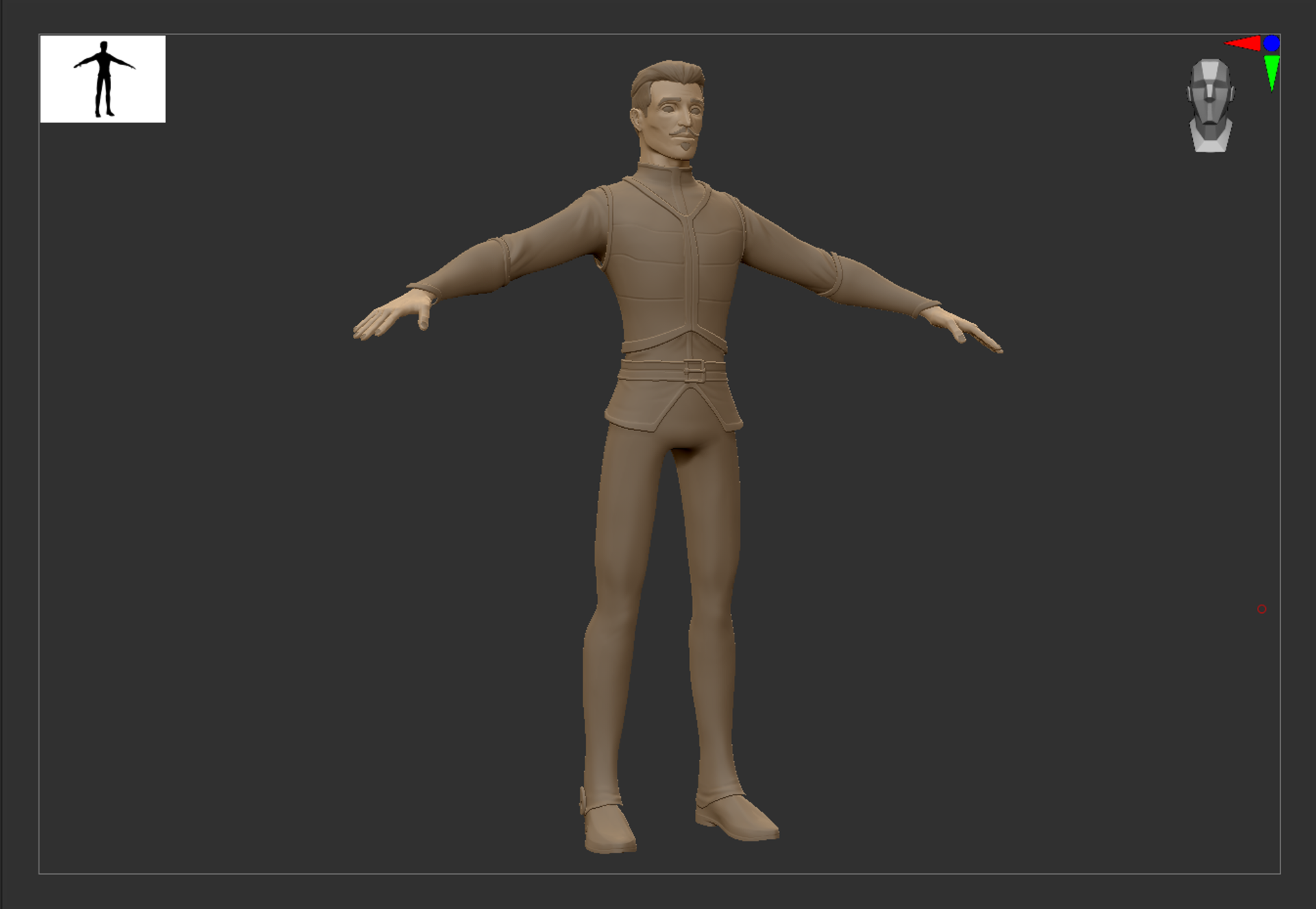
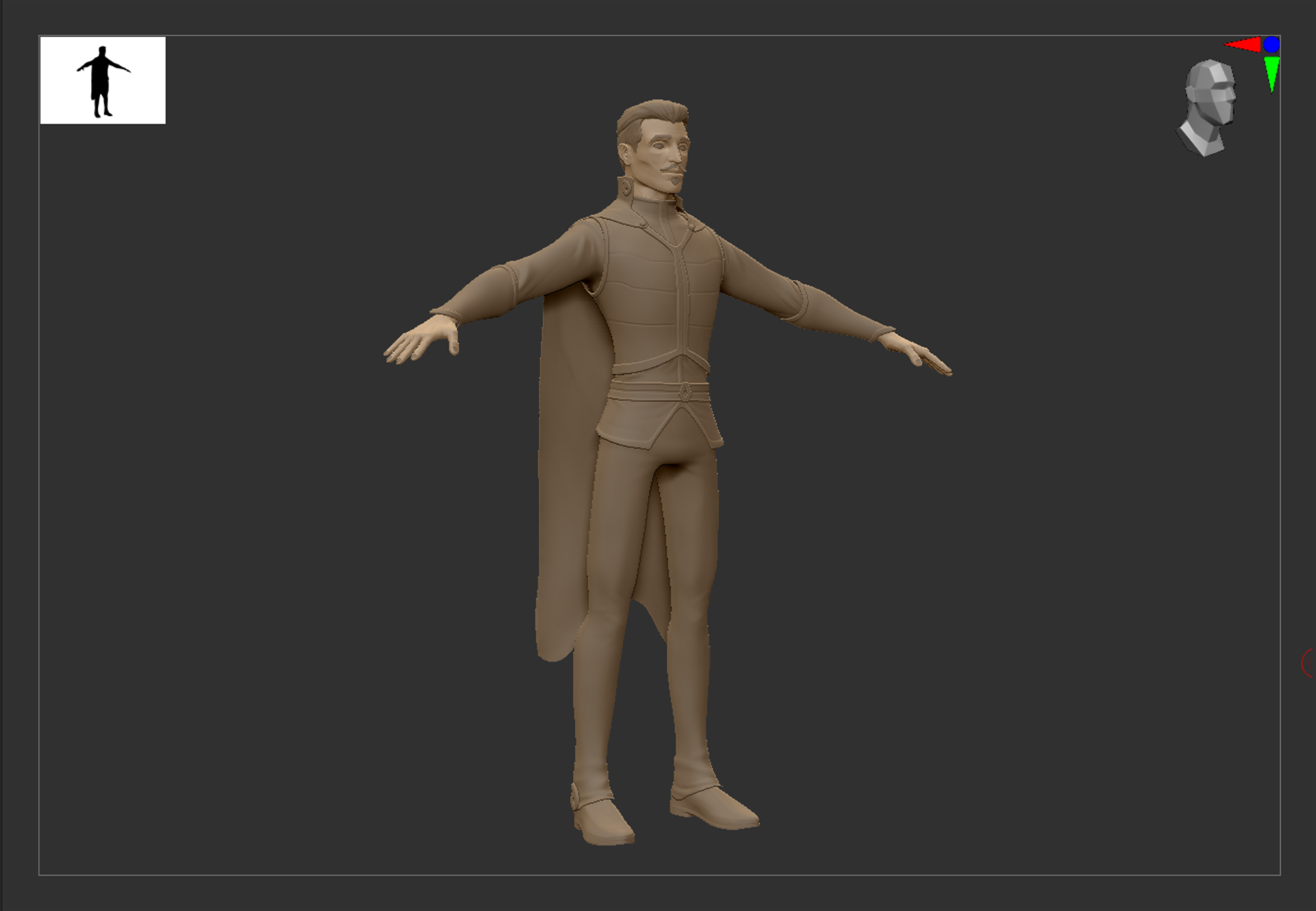
Leonard was fully sculpted in ZBrush. At the time I had no experience with ZBrush, but by using the internet, I managed to pick it up as I moved forward with the project. The next step was retopology, for which I used 3DCoat. I like the tools provided in the software for the Retopology and UV processes. Afterwards I re-imported the retopo'd and UV'd model back into ZBrush, and projected my details onto the new model as displacement maps.
The model was now ready to be painted and rigged.
I used Substance Painter to paint the model, and Cinema4D to rig and animate the character
The other two rigs in the short are the monster and the dwarf. Those models were created in the same manner as Leonard's rig.
The captain is the same as Leonard rig with new texture maps and modified topology.
Step 3: storyboards and animatic
I have had some experience creating storyboards before this project, and that experience guided me through the process of creating a readable, and interesting shot list. In the interest of time, I kept my descriptive text in my script document, and not in the boards. As I planned to turn the boards into a simple animatic by myself, the communication between steps was unnecessary.
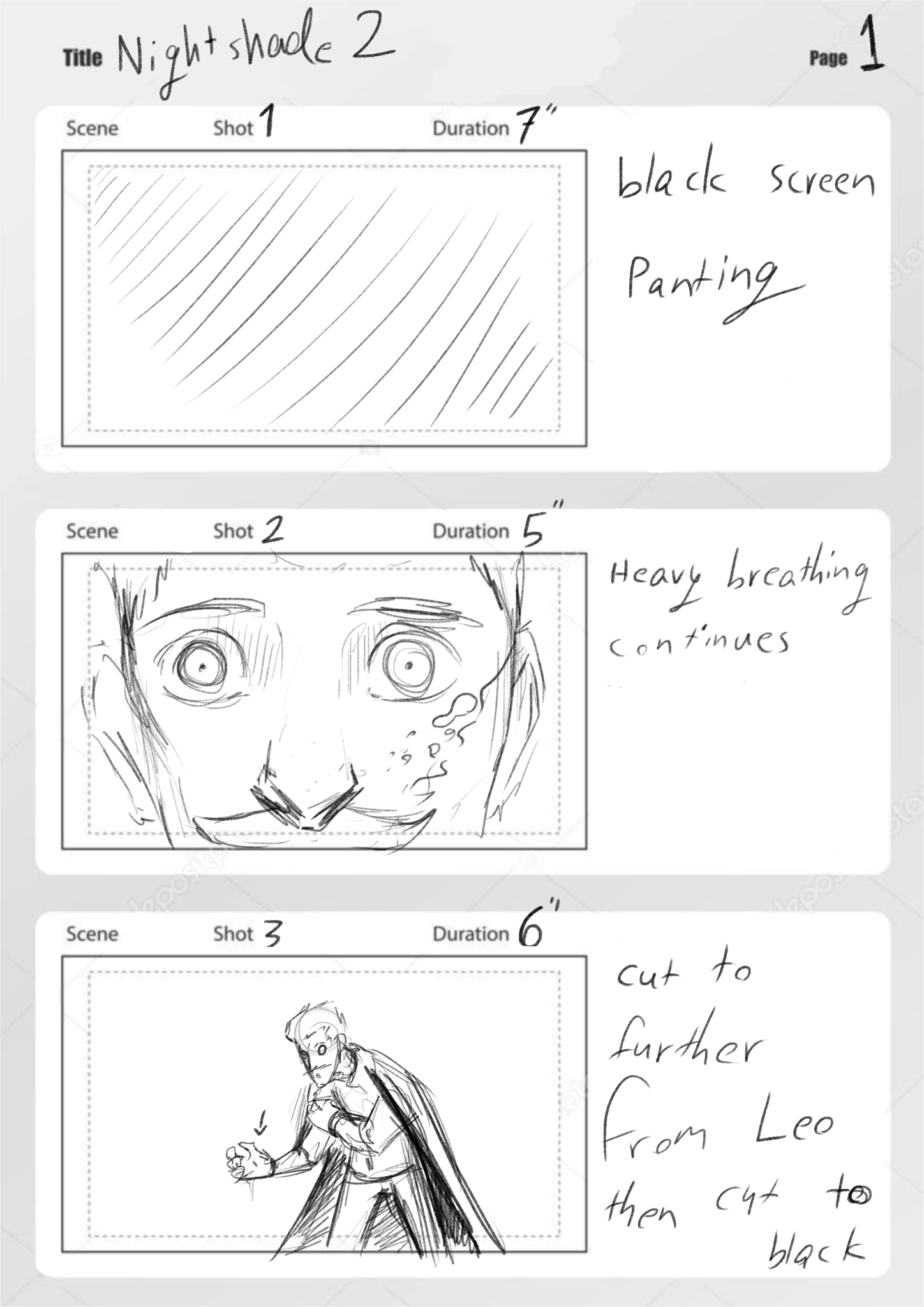
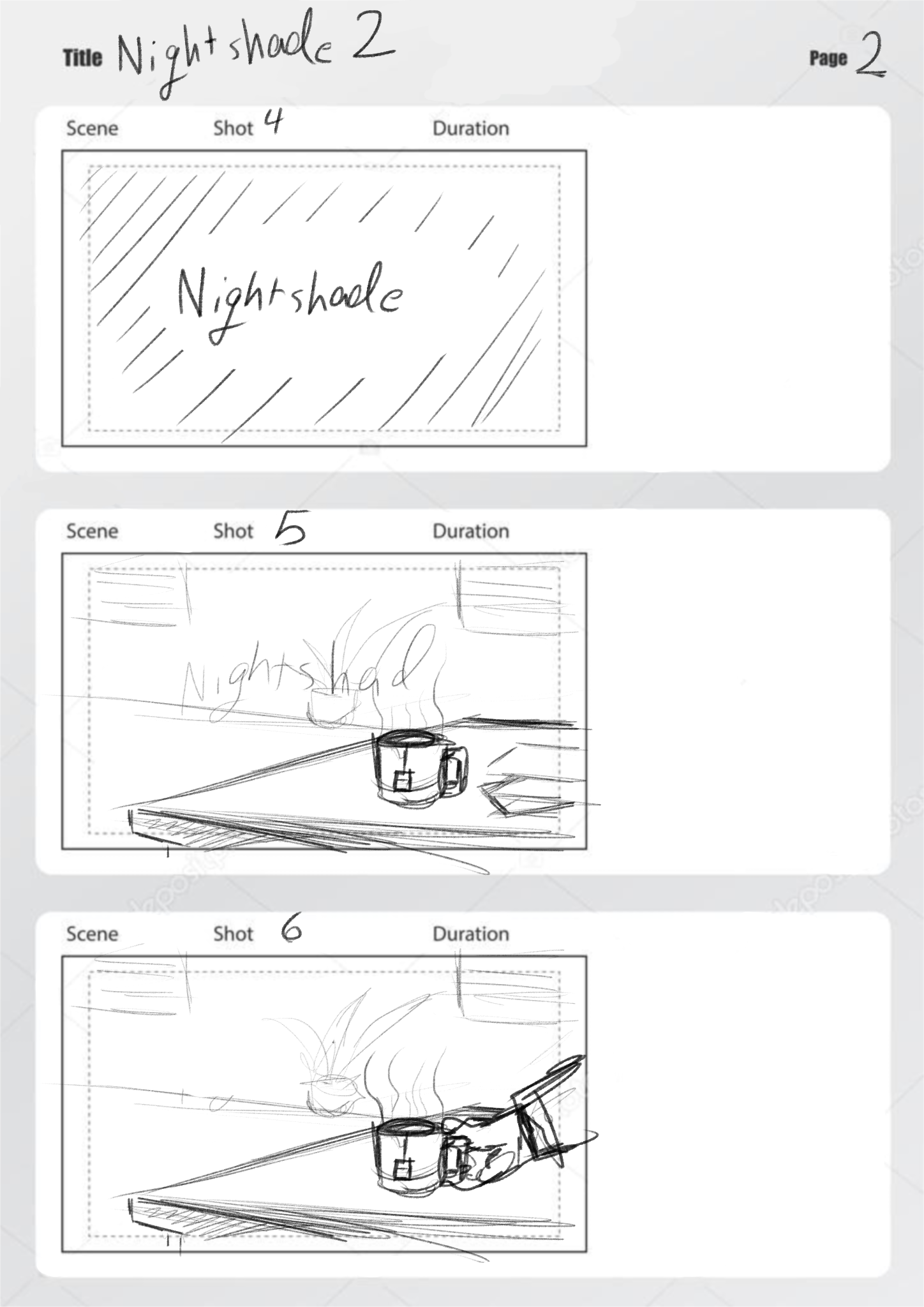

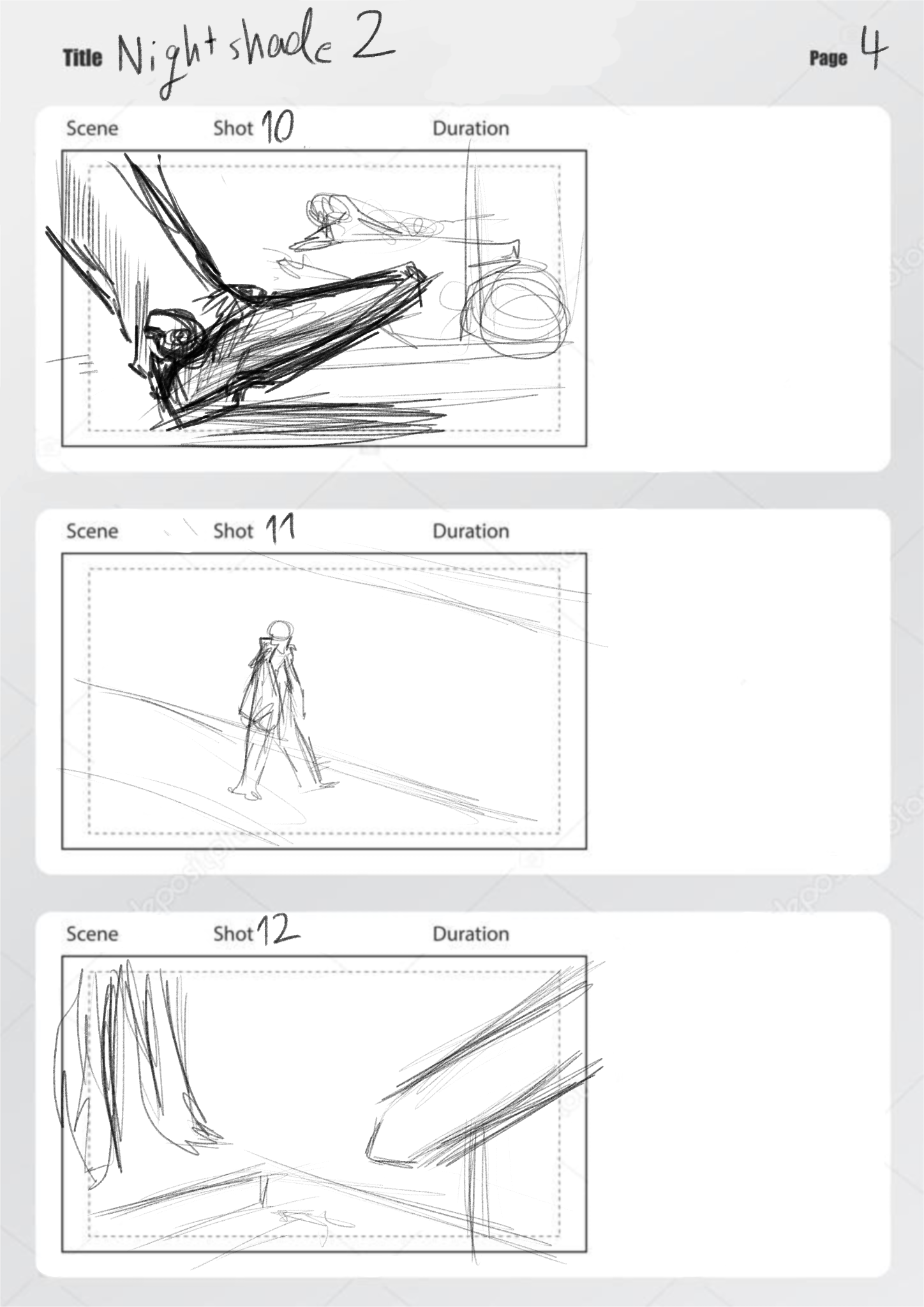
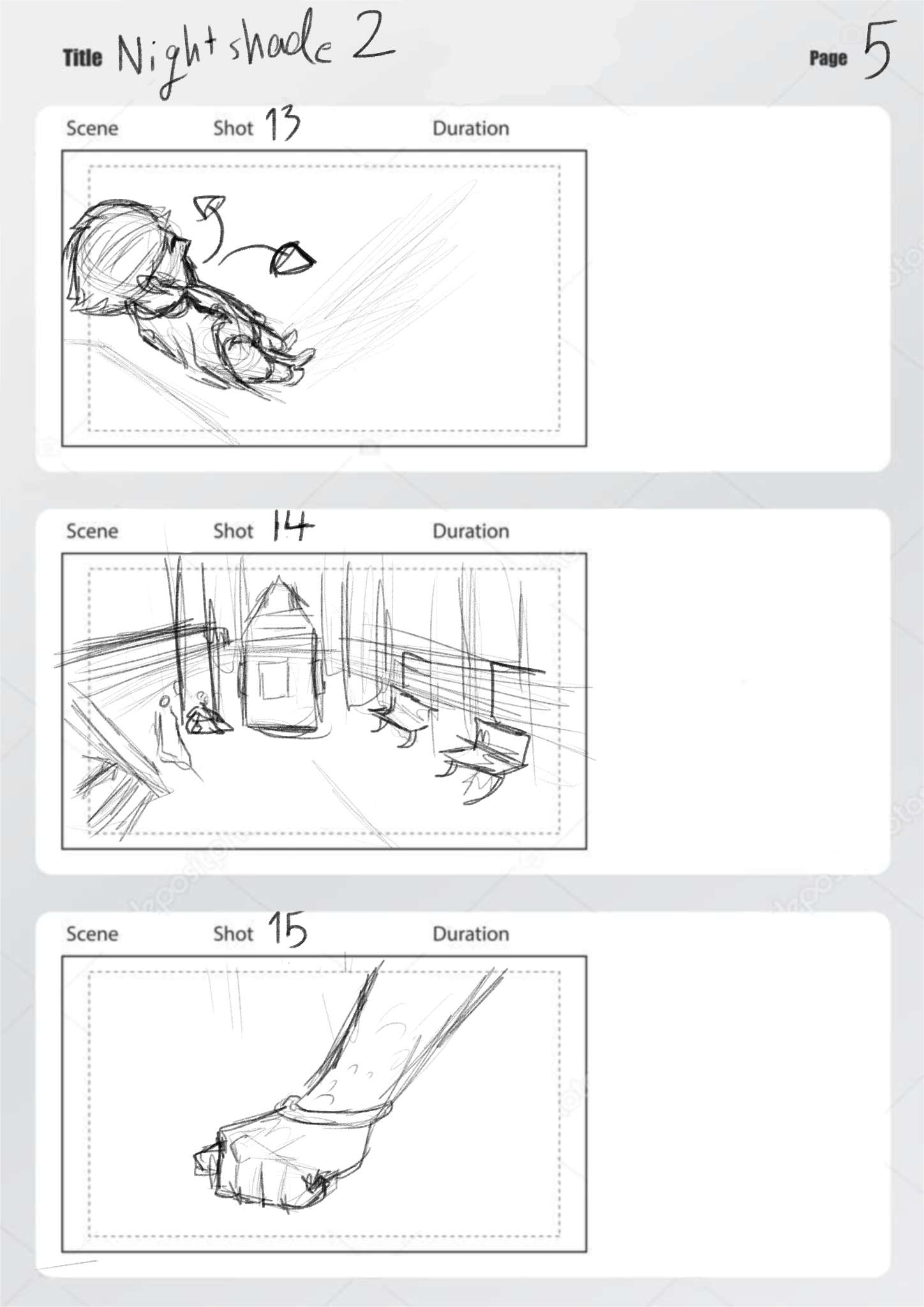

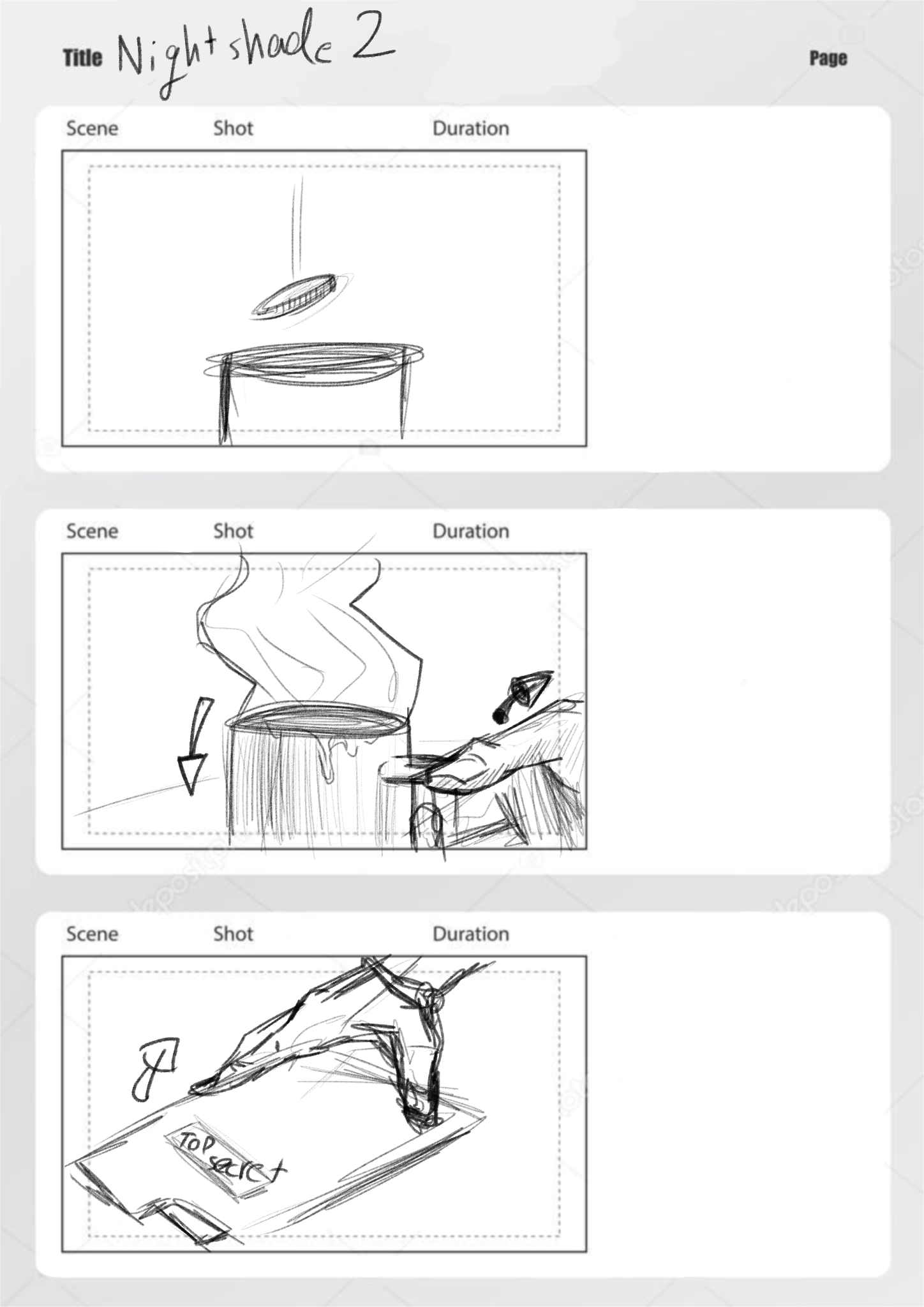




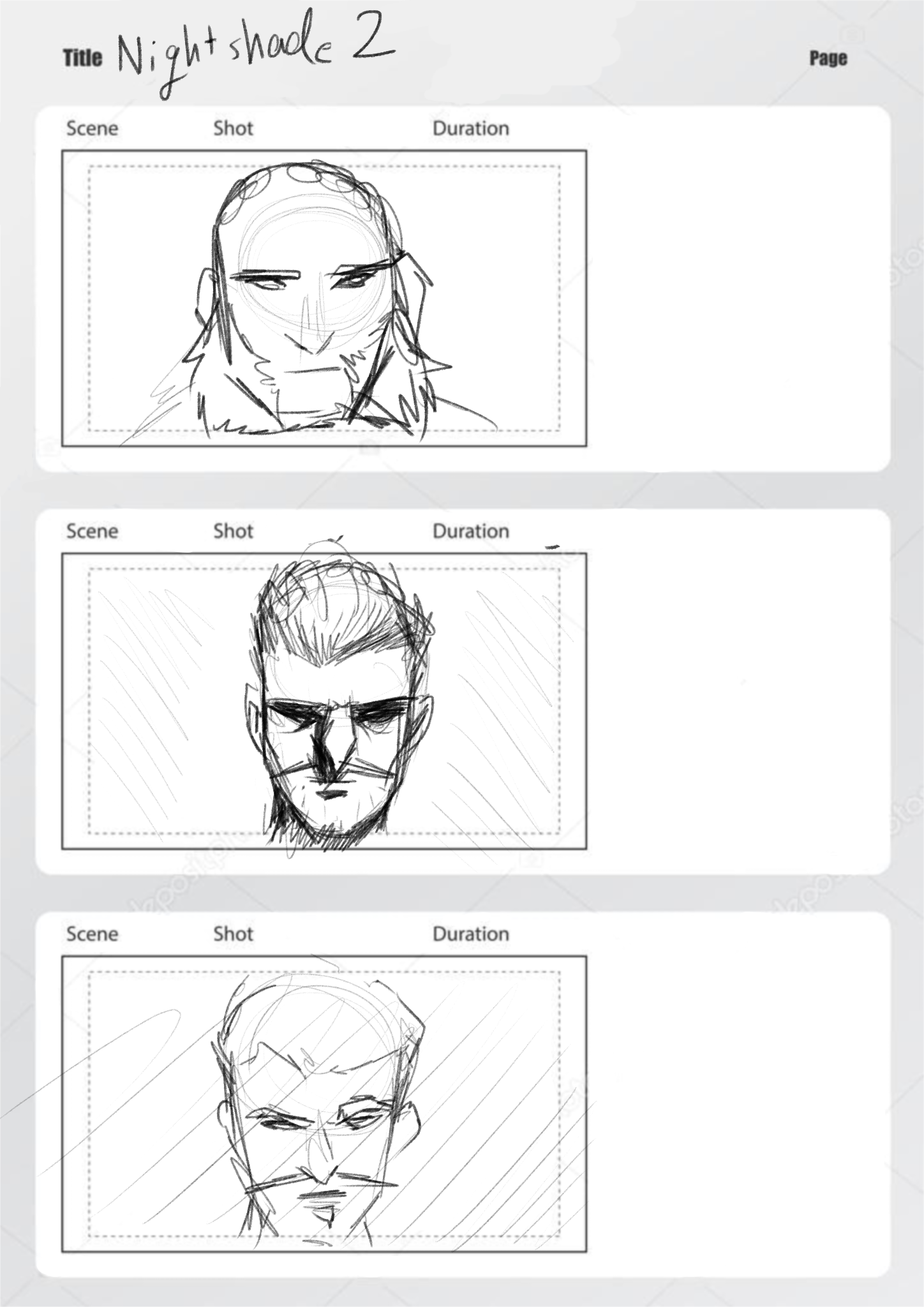

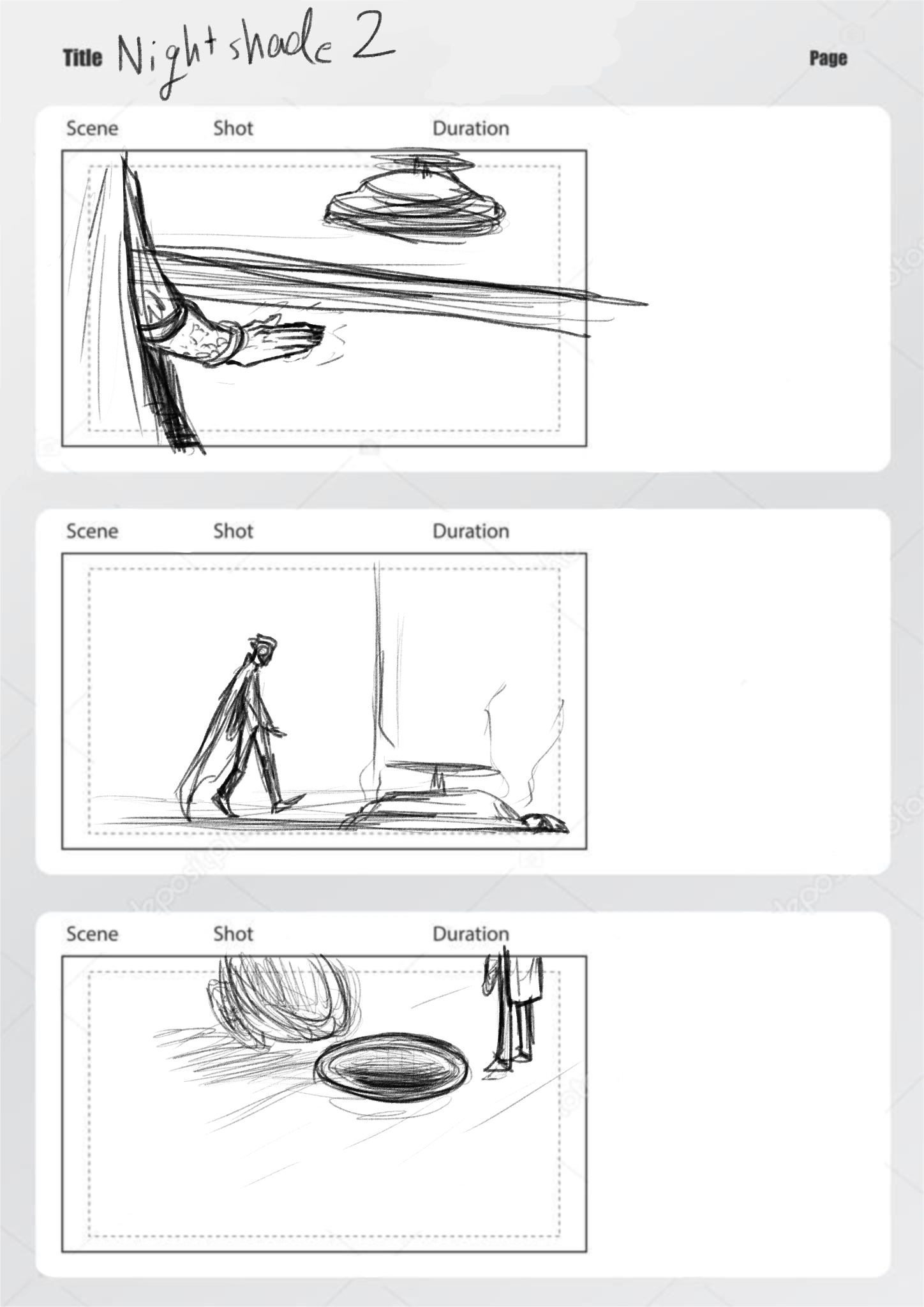


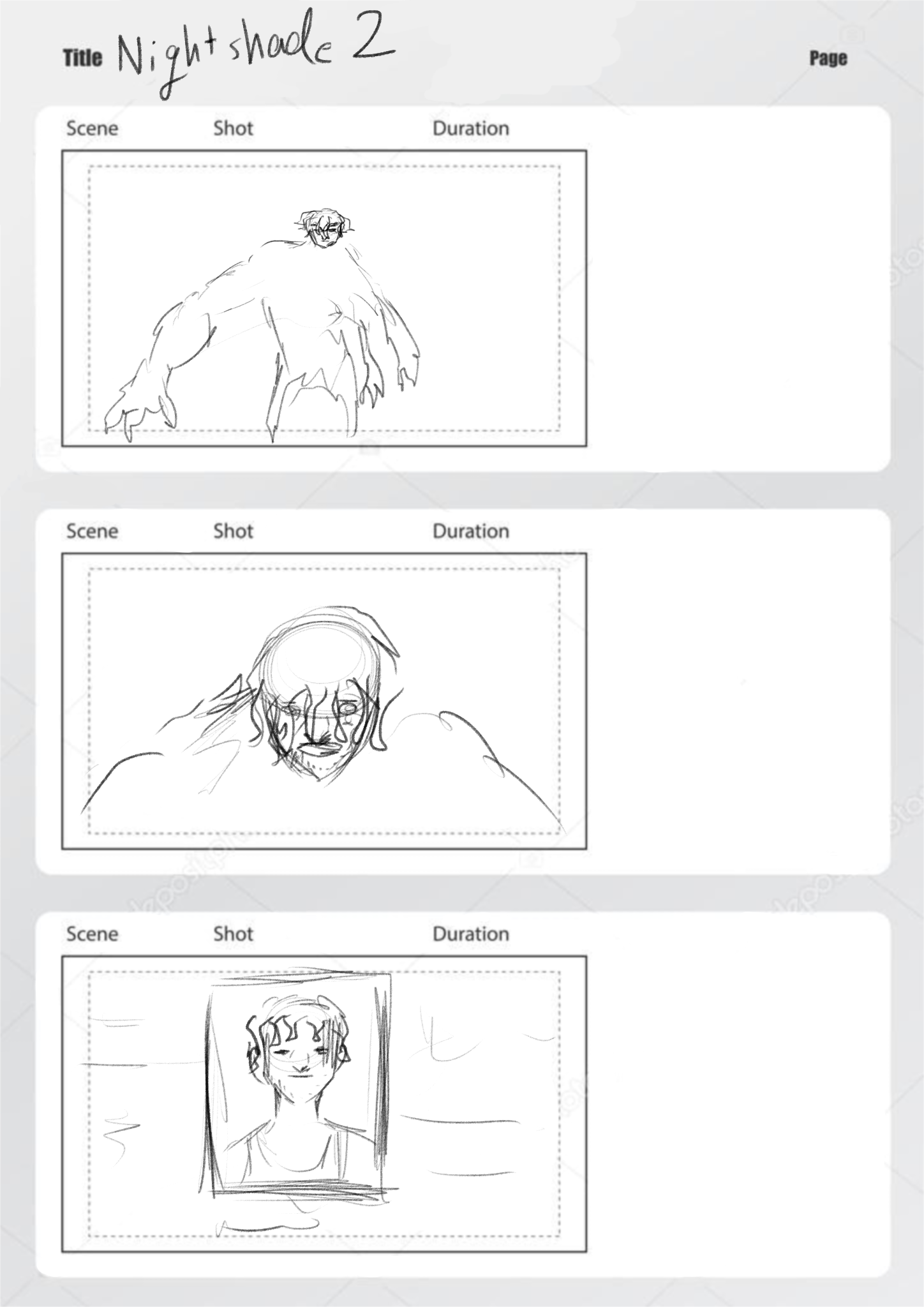
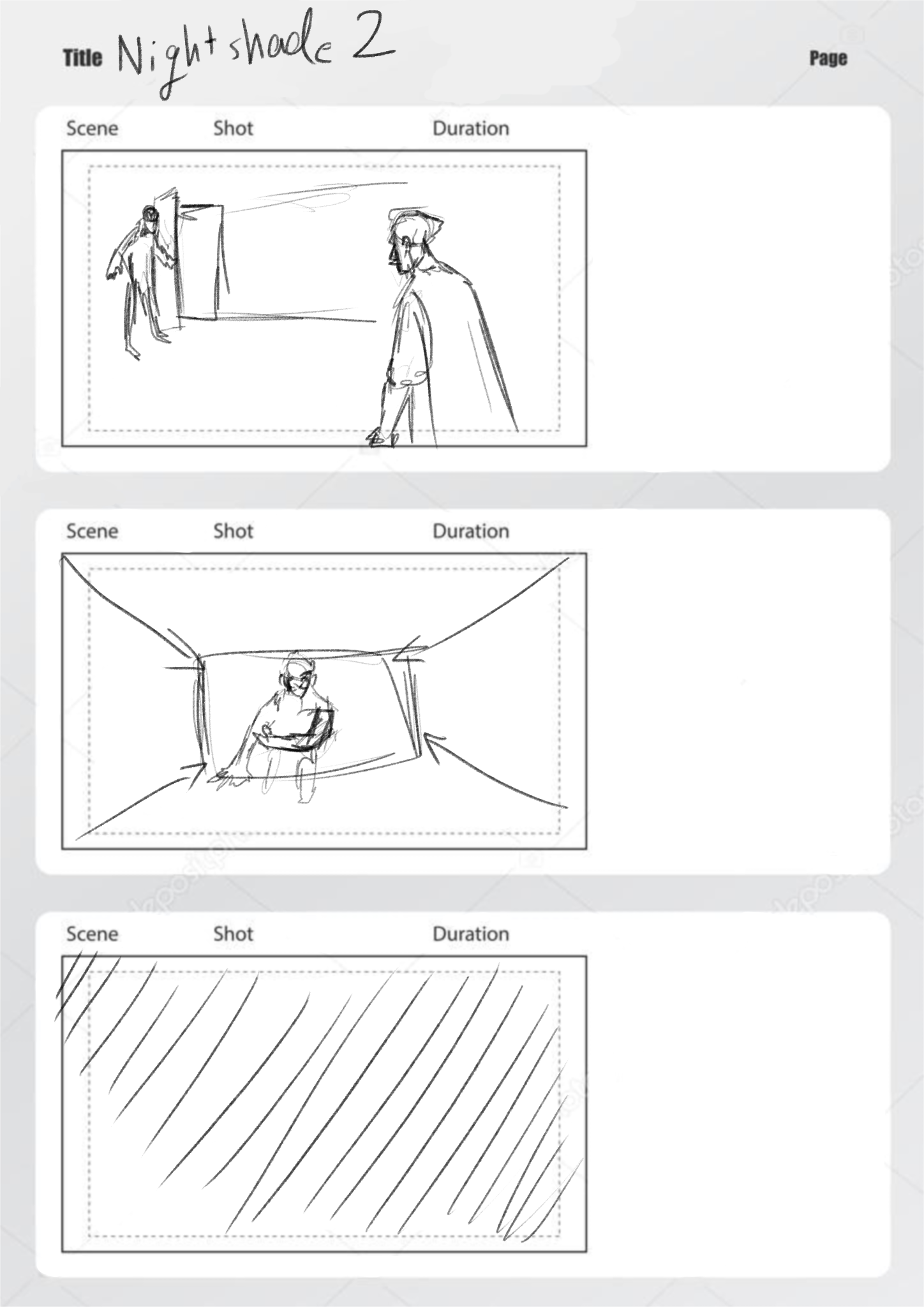
With the boards complete, I could fully envision the environments and the story, leaving room for creative directive decisions down the line, but for the most part locking in the idea for the short. With this done, I was ready to create rudimentary environment for tests, and an animatic to figure out timing.
It was also this stage where I contacted and auditioned voice actors for the roles. In the end, I decided that the incredibly talented voice actor, Alex Chang, was best fit to play the role of both speaking characters.
The animatic guided my progress moving forward. Despite its crucial role on my work, I understood that nothing is set in stone, and things could be changed as they come along.
Step 4: Environments
After the animatic was created and approved by my project advisor, Dan Pejril, I started creating the environments based on the animatic and the needs of the story. When creating the environments, I ran into certain issues of time, leading me to use the incredible website AmbientCG, to find tile-able PBR textures. I used Polyhaven to find decorative models to populate scenes with mundane objects, creating natural environments that feel lived in, without having to model every tiny object on my own.
The environments were inspired by European streets, and Grand Central station in New York City. I wanted the world to feel industrial, but medieval at the same time.

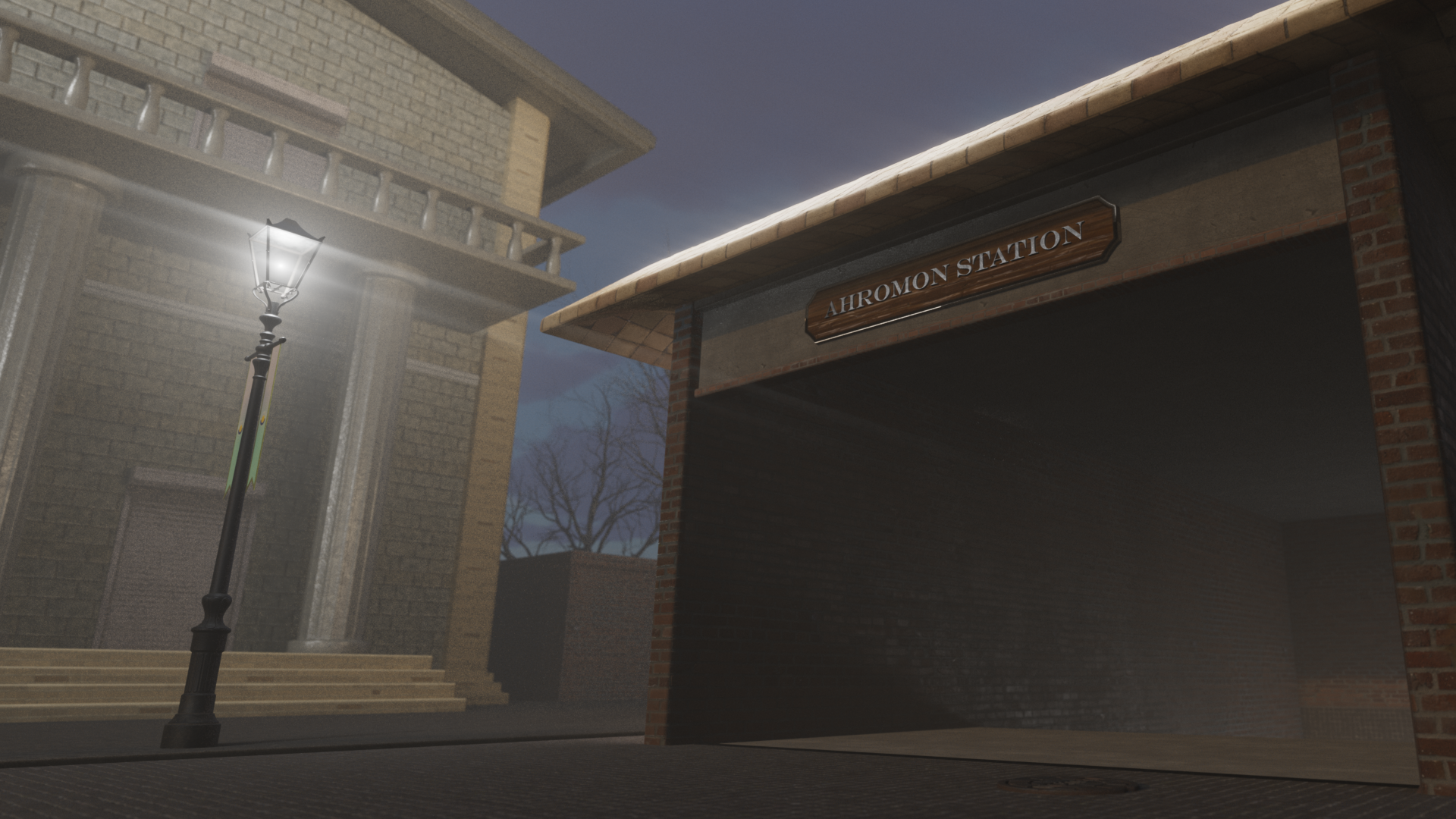

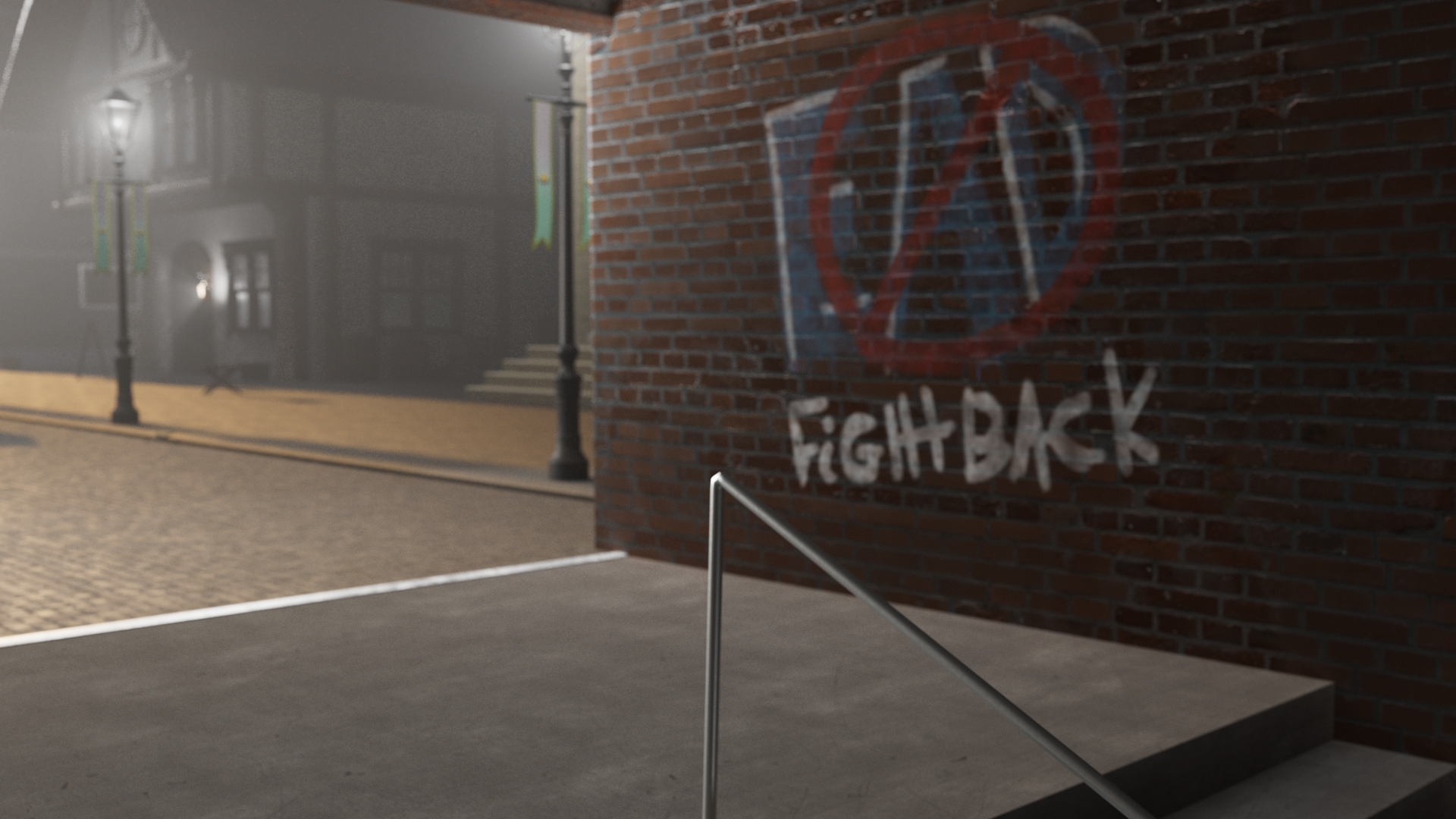
Step 5: animation and editing
up to this point I had done simple animation and posing alongside the environment modeling in order to get a feel for characters and environments, but after completing the environments, animation became my number one priority.
Despite ample planning and good time management, my miscalculation of timelines, due to this being my first full solo project, caused me to fall behind schedule at this stage, but with the help of my advisor, I managed to find creative solutions to any problem that came from that oversight.
reflecting on the project
After hundreds of hours of work, learning new software, skills, and workflows, I was finally done with this project. I created something I can be proud of.
My passion for storytelling and my love for beauty in art pushes me forward every day to improve my craft, and meet new talented people to create meaningful art.
